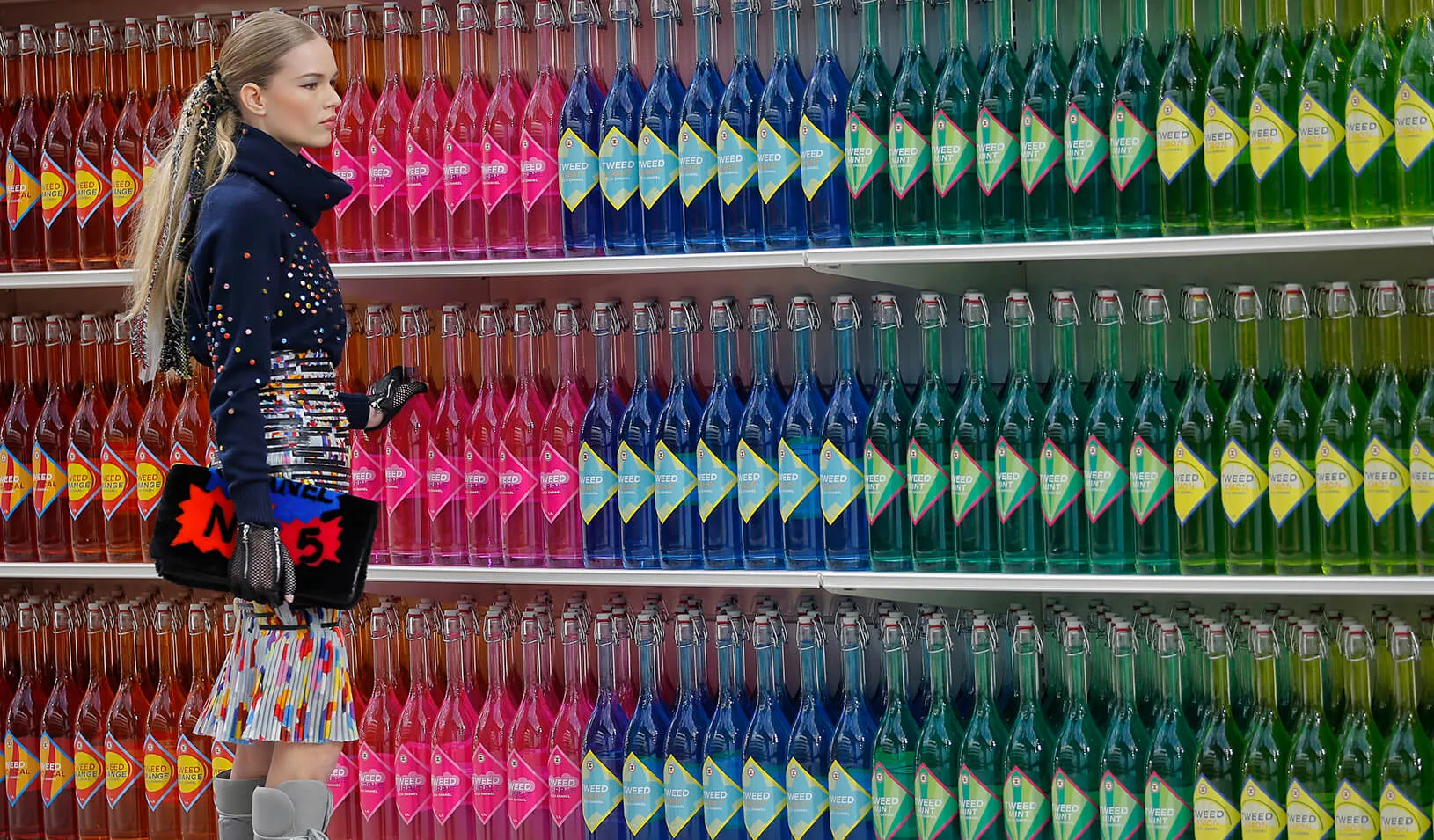Are Consumers Turned Off by Too Many Choices? Not Yet.
A Stanford researcher disputes the theory of “choice overload.”
November 09, 2016

Consumers may groan at too many choices, but they actually like having options. | Reuters/Stephane Mahe
Does your head spin when choosing between 10 kinds of iced coffee or 30 kinds of Frappuccino at Starbucks? How about choosing milk at the supermarket — regular, 2%, skim, soy, almond, lactose-free?
For well over a decade, researchers in consumer behavior have debated whether the ever-expanding array of goods creates “choice overload” that can actually discourage people from buying. Barry Schwartz, a psychologist, wrote a famous 2004 book on what he called the “paradox of choice.”
But many other scholars — not to mention marketing executives — have been doubtful. Customers may groan at the bewildering choices they face when ordering something as simple as coffee, but they still seem to want them. And companies keep offering them.
In fact, a 2010 survey of more than 50 separate experiments on choice overload found that the results of bigger selections were essentially a wash. Big assortments discouraged consumers in some studies but encouraged them in others. On average across the studies, the impact of a big selection was about zero.
Now, a new study by Stanford GSB marketing professor Itamar Simonson may help untangle the riddle. It finds that people do in fact like bigger selections — but a lot depends on where they are in the decision-making timeline.
If a person begins the process by weighing whether to buy at all, a large selection is likely to be attractive and make him or her more likely to decide in favor of buying. If, however, a person begins by picking a favorite from an assortment of options, and only then deciding whether to buy, a large selection makes the task harder and lowers the likelihood of buying.
The new study, which entailed experiments in how people reacted to selections of jelly beans and chocolates, was carried out by Simonson, who’s the Sebastian S. Kresge Professor of Marketing at Stanford GSB, and Leilei Gao, who received a PhD from Stanford GSB and is now an associate professor at the Chinese University of Hong Kong.
Simonson and Gao divided consumers’ deliberations into two separate decisions. The first decision was whether or not to buy, and the second was which particular product to choose.
The pivotal factor was which decision came first.
“Every decision is really two decisions,” Simonson says. “If your first decision is about whether you want to buy, then having more options is conducive to buying. But if your first decision is on which specific product to select, then having a big assortment can make it more difficult to identify the best option.”
In the first experiment, the researchers showed 149 study participants either a small or a large selection of jelly beans and gave them the choice of taking jelly beans or a cash payment of comparable value. By forgoing the cash, the participants were effectively buying the jelly beans. Participants in the “select first” group were asked to first choose their favorite flavor and then to choose between jelly beans and cash. Those in the “buy first” group had the reverse order of decisions.
The result: Participants who decided first on whether to buy were far more likely (49% versus 26%) to take jelly beans over cash after they were shown the big selection of flavors. By contrast, people who had to decide first about their favorite flavor were slightly less likely to buy when confronted by a bigger selection.
The researchers obtained similar results from an experiment involving chocolate. In that experiment, 195 college students were asked to browse chocolate assortments — one with 6 choices or one with 54 choices. People in the buy-first group were twice as likely to buy the chocolates if they were shown the big assortment rather than the small one. By contrast, people who first had to pick their favorite chocolate didn’t seem to be affected by whether they had seen the large or small assortment.
In general, Simonson says, the study shows that people prefer more choices over fewer choices — especially before deciding whether they want to buy a particular kind of product.
In short, don’t expect your local coffee shop to stop conjuring up new varieties of hot and cold drinks anytime soon.
For media inquiries, visit the Newsroom.
Explore More

What Makes Some Words More Memorable Than Others?

To Make Influencers Seem More Authentic, Just Add #Friends



